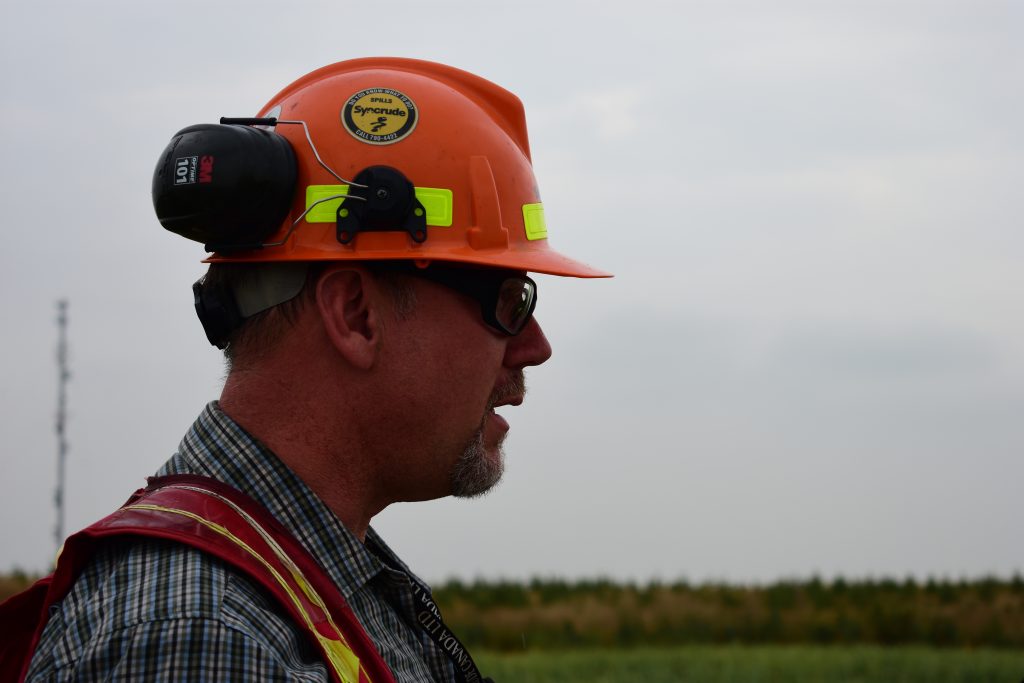Syncrude Canada is marking five years since completing construction of their watershed.
Sandhill Fen is the industry’s first full-scale wetland research pilot, built on top of Syncrude’s former East Mine.
The company is working with seven different universities that will study the water, wetland and upland plants, the weather and the soil.
Lorne Shearing has been with Syncrude for close to 30 years, his first job with the company was a haul truck driver in the East Mine.
“When I started and stood here back then (1988) this would have been a full on mine, we would have been moving the overburden material with truck shovels and we would have been pulling it out with drag-line and bucket wheels,” said Shearing, who is now the mine manager of Mildred Lake.
Once mining was complete in the early 2000s it became a tailings pond, which took about 12 years to fill, in 2012 the construction of the fen was complete.
“I can’t help but think back over the last 30 years in that very small window, relatively speaking, it has gone from a full on operating mine, to a tailings pond, to what you see here,” said Shearing.
Vegetation Expert, Eric Girard, said when they were allowed to enter the land to open the mine, it was about 70 per cent wetland and 30 per cent upland.

“As we progress with developing the mine, we return the land in about the opposite ratio, 70 per cent upland and 30 per cent wetland,” said Girard. “Which is where we need to change. We have to learn how to reclaim those wetlands and return them so they are sustainable for future generations.”
The watershed was developed with composite tailings as an underlying layer and then filled with tailings sands.
Scientists introduced wetland plants throughout the 17-hectare project, in Syncrude’s 2015 Sustainability Report they wrote that the plant community was developing and health was comparable to the same plants found on a natural site.
The Wood Buffalo region sees more evaporation than precipitation; Girard said one of their challenges has been managing the water.
“To get enough water to sustain a wetland, we need to build the surrounding watershed so the water will come in large amounts and maintain a water table high enough to have a wetland and we are still learning,” he said.
Girard said the area will officially be reclaimed when it is mimicking what is existing locally, Syncrude estimates that will be 2024.







